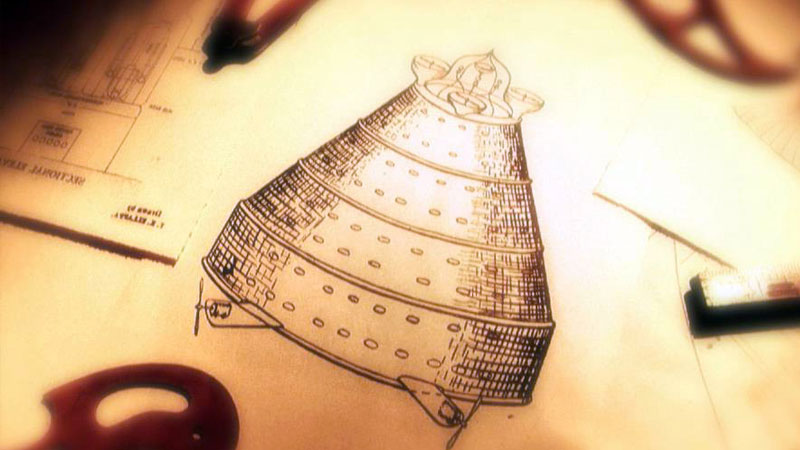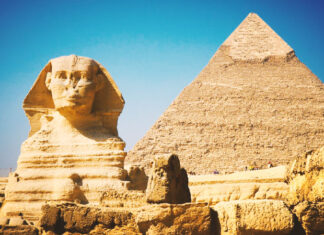Also called “chariots of the gods”, “chariots of the sun” or “mechanical birds”, these vehicles are described in great detail in the Hindu Vedas.
This implies that they must have been witnessed by the scribes of India and documented for others to imagine and understand.
Reading them with contemporary understanding of technology, we can see how ancient Hindus were describing UFOs and airplanes in primitive terms that they understood as “chariots carrying people”.
The Flying Vimanas of Sanskrit epics are the flying chariots employed by various gods in the Vedas: the Sun and Indra and various other Vedic deities are transported by flying wheeled chariots, described as being drawn by animals, usually horses.
Mahabarata verses RV 1.164.47-48
47. kṛṣṇáṃ niyânaṃ hárayaḥ suparṇâ / apó vásānā dívam út patanti
tá âvavṛtran sádanād ṛtásyâd / íd ghṛténa pṛthivî vy ùdyate
48. dvâdaśa pradháyaś cakrám ékaṃ / trîṇi nábhyāni ká u tác ciketa
tásmin sākáṃ triśatâ ná śaṅkávo / ‘rpitâḥ ṣaṣṭír ná calācalâsaḥ
Translation:
“Dark is the descent: the birds are golden in color; up to the sky they fly clothed in waters.
Once more they descend from the Order’s headquarters and the whole earth is moistened with their fat.
Twelve are the companions and the wheel is unique; three are the ships.
What did the man understand? There are rays together, three hundred and sixty, which cannot be released at all.”
In Swami Dayananda Saraswati’s interpretation, these verses mean:
“Jump into space quickly with a ship utilizing fire and water, containing twelve columns, a wheel, three machines, 300 pivots and 60 instruments.”
The Pushpaka (“flowering”) Vimana of Ravana is described as follows:
“The Pushpaka Vimana which resembles the Sun and belongs to my brother was brought by the mighty Ravana; that aerial and excellent Vimana going at ease everywhere … that chariot looking like a bright cloud in the sky … and the King entered, and the excellent chariot, under the command of Raghira, soared into the upper atmosphere.”

Another example in the Mahabharata is that Maya Asura had a Vimana measuring twelve cubits in circumference, with four strong wheels. In addition to “blazing missiles”, the poem records the use of other deadly weapons: ‘The Darts of Indra’ (Indravajrā) operated through a ‘circular reflector’. When turned on, it produced a “ray of light” which, focused on any target, “immediately consumes it with its power”.
In another passage of the text, the hero, Lord Krishna, is chasing his enemy, Salva, through the skies, when Salva’s Vimana, called Saubha, somehow becomes invisible. Undeterred, Lord Krishna immediately fires a special weapon: “I quickly shot an arrow, which killed him by looking for it by sound.”
The Mahabharata also mentions “the All-knowing Yavanas” (sarvajnaa yavanaa, the Greeks) as the creators of the Vimanas.
In the thousands of years that followed, India began to build temples shaped like the Vimanas described in their sacred texts. These buildings resemble rockets built today.
They are physical documents of ancient technology from long ago.


















